What is The Innocent Archetype
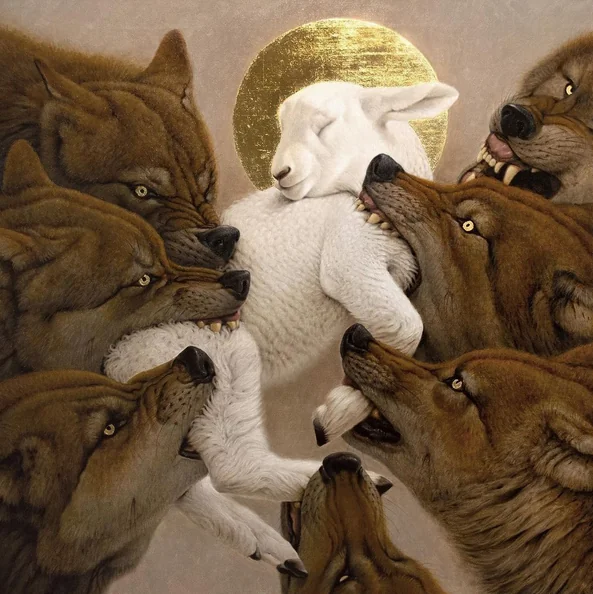
Origins and Characteristics
The Innocent archetype represents the universal human desire for purity, goodness, and a return to the simplicity of childhood. Present in various forms throughout history, the Innocent embodies the qualities of trust, optimism, and the belief in the inherent goodness of the world [1]. This article explores the origins, characteristics, and significance of the Innocent archetype, examining its role in shaping human culture and consciousness.
Explore all the Archetypes
The Innocent Archetype in Parts-Based Therapies
In parts-based therapies like Internal Family Systems (IFS), Schema Therapy, and Voice Dialogue, the Innocent archetype can be understood as a distinct part or subpersonality within an individual’s psyche [2].
In IFS, the Innocent may manifest as a pure, trusting part that sees the world through a lens of optimism and goodness. However, if burdened, the Innocent part may become naive or in denial of life’s challenges [3].
Schema Therapy views the Innocent as an aspect of the Healthy Child mode, promoting adaptive trust and openness. Maladaptive schemas like Abandonment or Mistrust/Abuse may distort the Innocent’s expression [4].
Voice Dialogue recognizes the Innocent as a unique voice that can be dialogued with to access inner purity and trust. Imbalances may occur if the Innocent voice dominates or is suppressed by other voices [5].
The Innocent’s Role in the Hero’s Journey
In the Hero’s Journey, the Innocent archetype often appears as the hero at the beginning of their journey, before they have faced the trials and challenges that will lead to their transformation [6]. The Innocent’s trust and optimism can be both a strength and a vulnerability as they navigate the journey.
The Role of the Innocent in Prehistory and Ancient History
In prehistoric times, the Innocent archetype was embodied in the role of the child, representing the promise of new life and the continuation of the community [7]. Ancient civilizations celebrated Innocent deities like Horus (Egypt), Persephone (Greece), and Baldur (Norse), honoring the qualities of purity, renewal, and the cyclical nature of life [8].
The Innocent in Literature and Art
The Innocent archetype has been a central figure in literature and art, from the fairy tale characters of childhood stories to the naive protagonists of coming-of-age novels [9]. Innocent characters like Little Red Riding Hood, Pip in Great Expectations, and Forrest Gump embody the qualities of trust, goodness, and the journey from innocence to experience [10].
The Innocent in Psychology and Personal Development
Psychologists like Carl Jung and Erik Erikson recognized the importance of the Innocent archetype for personal growth and development [11]. The Innocent represents the initial stage of life, characterized by trust and dependence, which lays the foundation for healthy psychological development [12].
The Shadow Side of the Innocent
The Innocent’s shadow may manifest as a naive or childish individual who denies the complexities of life and avoids responsibility [13]. Integrating the Innocent requires balancing trust and openness with wisdom and discernment [14].
The Innocent in Relationships, Careers, and Life
The Innocent archetype influences various aspects of life, from personal relationships to career choices. Innocent-oriented individuals may thrive in fields that involve caring for others, such as teaching, nursing, or social work [15].
Interpersonal Neurobiology and Somatic Experience
The Innocent archetype shapes our somatic experience, influencing the emotions we tend to emphasize or avoid. Overidentifying with the Innocent may lead to a fear of growing up or facing life’s challenges, while neglecting this archetype may result in cynicism and a lack of trust [16].
Trauma and the Innocent Archetype
Trauma related to the Innocent archetype can manifest as a fear of betrayal, difficulty trusting others, or a premature loss of innocence. Enmeshment with the Innocent may lead to naivete and vulnerability to exploitation, while avoidance can result in cynicism and emotional detachment [17].
The Innocent in Politics and Religion
In politics, the Innocent archetype is often invoked to promote ideals of purity, renewal, and the promise of a better future. However, the shadow Innocent may be used to manipulate others or justify harmful actions [18]. In religion, the Innocent appears as the pure soul or the believer who trusts in divine goodness and the promise of salvation [19].
The Balanced Innocent: Benefits and Opportunities
When balanced, the Innocent archetype enables individuals to approach life with trust, openness, and a positive outlook. Embracing the Innocent can lead to increased resilience, the ability to form deep connections with others, and a sense of wonder and appreciation for the world [20].
The Innocent in the Modern World
In today’s rapidly changing world, the Innocent archetype serves as a reminder of the importance of preserving childlike qualities of trust, openness, and the belief in the inherent goodness of life. The modern Innocent must navigate the challenges of an increasingly complex and uncertain world while maintaining a sense of hope and optimism [21].
The Innocent Archetype’s Role in the Evolution of Human Culture and Consciousness
The Innocent archetype has been a driving force in the evolution of human culture and consciousness. By representing the promise of new life, the cyclical nature of existence, and the journey from innocence to wisdom, the Innocent has played a crucial role in shaping the development of art, literature, and spirituality [22].
The Innocent Archetype in Posture and Somatic Experience
Those embodying the Innocent archetype may exhibit an open, relaxed posture that conveys trust and optimism. They may have a childlike bounce in their step and a sense of lightness in their movements. However, when the Innocent is challenged or faced with disillusionment, they may experience somatic symptoms such as tightness in the chest, difficulty breathing, or a sense of heaviness in the body.
Enneagram and MBTI Correlations with the Innocent Archetype
Enneagram: Type 9 (The Peacemaker), Type 7 (The Enthusiast) MBTI: ENFP (Extraverted, Intuitive, Feeling, Perceiving), INFP (Introverted, Intuitive, Feeling, Perceiving)
The Innocent Archetype in Screenwriting and Fiction Plotting
The Innocent often serves as the protagonist in coming-of-age stories, where they must navigate the challenges of growing up and facing the realities of the world. They may also play the role of the idealist or the moral compass in a story, reminding other characters of the importance of hope, trust, and goodness.
The Power of the Innocent
The Innocent archetype represents the transformative power of trust, openness, and the belief in the inherent goodness of life. By understanding and embracing the Innocent within, we can tap into a boundless source of resilience, connection, and the ability to approach life with a sense of wonder and appreciation [23].
Bibliography
- Pearson, C. S. (1991). Awakening the heroes within: Twelve archetypes to help us find ourselves and transform our world. HarperCollins.
- Schwartz, R. C. (1995). Internal family systems therapy. Guilford Press.
- Earley, J. (2009). Self-therapy: A step-by-step guide to creating wholeness and healing your inner child using IFS. Pattern System Books.
- Young, J. E., Klosko, J. S., & Weishaar, M. E. (2006). Schema therapy: A practitioner’s guide. Guilford Press.
- Stone, H., & Stone, S. (2011). Embracing ourselves: The voice dialogue manual. New World Library.
- Campbell, J. (1949). The hero with a thousand faces. New World Library.
- Eliade, M. (1959). The sacred and the profane: The nature of religion. Harcourt, Brace & World.
- Leeming, D. A. (2005). The Oxford companion to world mythology. Oxford University Press.
- Bettelheim, B. (1976). The uses of enchantment: The meaning and importance of fairy tales. Knopf.
- Groom, N. (1999). The making of Percy’s Reliques. Clarendon Press.
- Jung, C. G. (1981). The archetypes and the collective unconscious. Princeton University Press.
- Erikson, E. H. (1963). Childhood and society. W. W. Norton & Company.
- Zweig, C., & Abrams, J. (1991). Meeting the shadow: The hidden power of the dark side of human nature. Tarcher.
- Dundes, A. (1991). Bruno Bettelheim’s uses of enchantment and abuses of scholarship. The Journal of American Folklore, 104(411), 74-83.
- Pearson, C. S., & Marr, H. K. (2002). PMAI manual: A guide to interpreting the Pearson-Marr Archetype Indicator instrument. Center for Applications of Psychological Type.
- Siegel, D. J. (2010). Mindsight: The new science of personal transformation. Bantam Books
- Herman, J. L. (2015). Trauma and recovery: The aftermath of violence–from domestic abuse to political terror. Basic Books.
- Lakoff, G. (2002). Moral politics: How liberals and conservatives think. University of Chicago Press.
- Tillich, P. (1957). Dynamics of faith. Harper & Row.
- Peck, M. S. (1978). The road less traveled: A new psychology of love, traditional values and spiritual growth. Simon and Schuster.
- Ehrenberg, A. (2009). The weariness of the self: Diagnosing the history of depression in the contemporary age. McGill-Queen’s University Press.
- Harari, Y. N. (2015). Sapiens: A brief history of humankind. HarperCollins.
- Moore, T. (1992). Care of the soul: A guide for cultivating depth and sacredness in everyday life. HarperCollins.



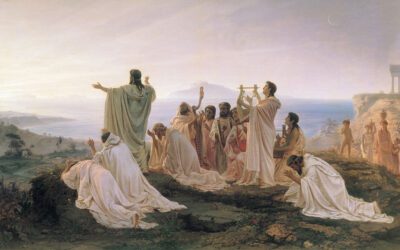
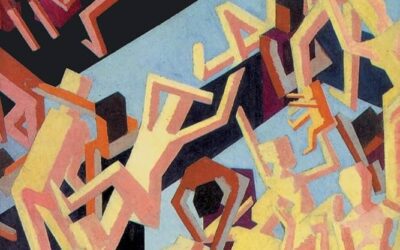
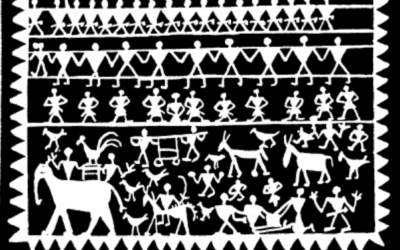

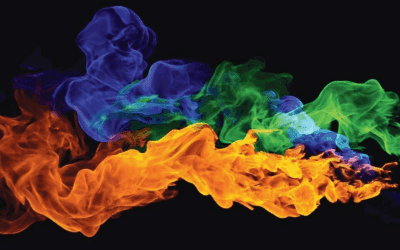








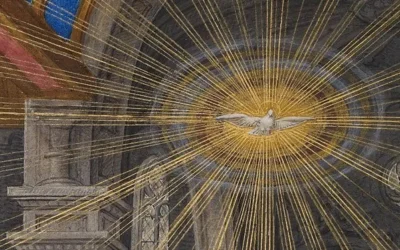









0 Comments